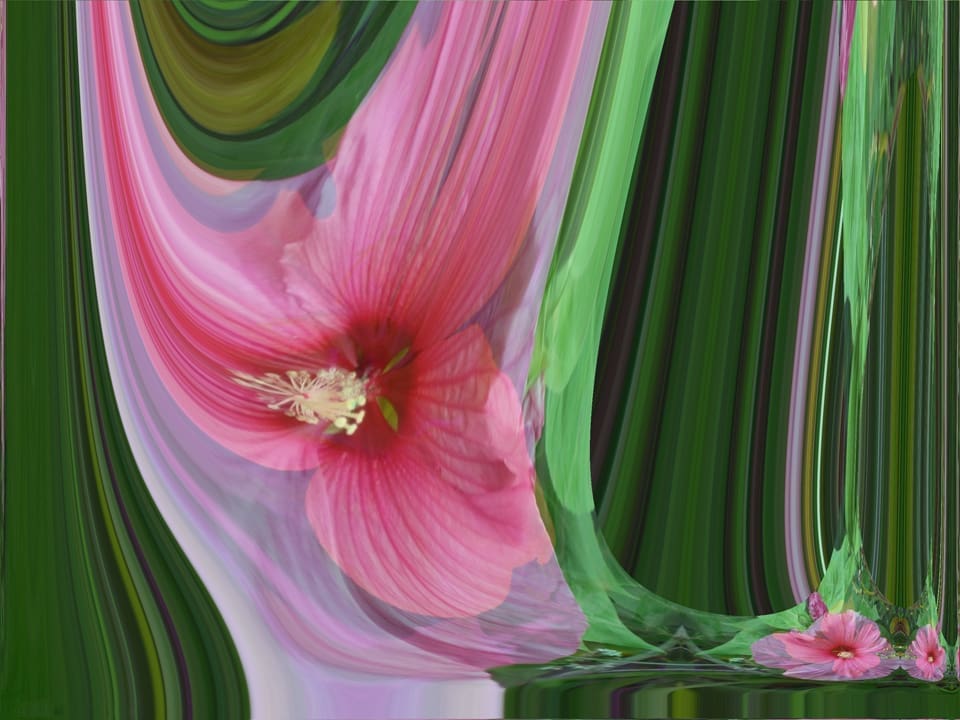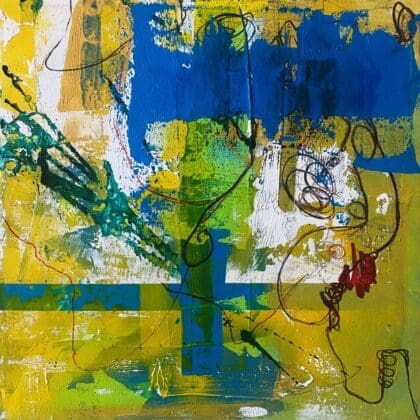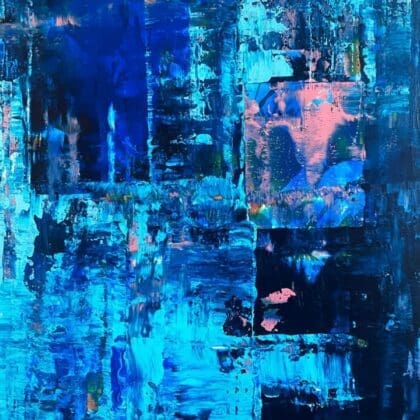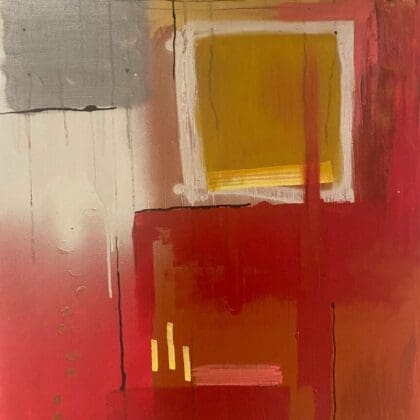Creating a vibrant art community can foster collaboration, inspire creativity, and provide support for artists and art lovers alike. Whether you’re an artist, curator, or simply a passionate advocate for the arts, building a thriving art community can lead to exciting opportunities and a greater appreciation for creativity in all its forms. This article outlines actionable steps to help you cultivate a strong and supportive art community.
1. Define Your Community’s Vision
Every successful community starts with a clear vision. This vision will guide your efforts and help attract like-minded individuals.
A. Identify Your Purpose
Support Local Artists: Focus on promoting local talent and providing them with resources.
Encourage Collaboration: Create a space where artists can collaborate on projects and share ideas.
Promote Education: Offer workshops and educational events to help artists develop their skills.
B. Establish Core Values
Inclusivity: Ensure everyone feels welcome, regardless of their skill level or background.
Creativity: Encourage experimentation and innovation among community members.
Sustainability: Promote practices that support the local art ecosystem and environment.
2. Create an Engaging Platform
Having a dedicated space for your community to gather, share, and collaborate is essential for building connections.
A. Online Platforms
Social Media Groups: Create Facebook or Discord groups where members can share their work and ideas.
Community Website: Develop a website featuring resources, event calendars, and member profiles.
Email Newsletter: Keep everyone informed about upcoming events, opportunities, and member highlights.
B. Physical Spaces
Art Studios: Consider opening a shared studio space for local artists to work and collaborate.
Community Galleries: Establish a gallery where local artists can exhibit their work and host events.
Pop-Up Events: Organize temporary exhibitions or workshops in different locations to attract a wider audience.
3. Foster Connections Through Events
Hosting events is an excellent way to bring your community together and create meaningful connections.
A. Types of Events
Workshops: Offer skill-building sessions led by experienced artists or instructors.
Networking Nights: Organize informal gatherings where artists can meet, share ideas, and collaborate.
Art Shows: Host exhibitions that feature the work of community members, allowing them to showcase their talent.
B. Promote Inclusivity
Invite Diverse Voices: Ensure your events represent a wide range of backgrounds and artistic practices.
Accessible Venues: Choose locations that are easy for everyone to access, including those with mobility challenges.
Flexible Participation: Allow for different levels of involvement, from casual attendees to active contributors.
4. Encourage Collaboration and Support
A thriving art community thrives on collaboration and support. Create opportunities for artists to work together and learn from each other.
A. Collaborative Projects
Group Exhibitions: Organize shows where multiple artists contribute, fostering a sense of unity.
Art Challenges: Host themed challenges that encourage artists to create together and share their results.
Mentorship Programs: Pair experienced artists with newcomers for guidance and support.
B. Resource Sharing
Tool Libraries: Create a system for members to borrow or share art supplies and tools.
Knowledge Exchange: Host workshops where members can teach each other skills or techniques.
Grants and Funding Opportunities: Keep the community informed about available grants and funding sources for artists.
5. Celebrate Achievements and Growth
Recognizing the successes of community members can boost morale and encourage continued participation.
A. Spotlight Members
Member Features: Regularly highlight individual artists on your website or social media, showcasing their work and achievements.
Awards and Recognition: Create awards for outstanding contributions to the community or artistic excellence.
Share Success Stories: Encourage members to share their experiences and accomplishments, inspiring others to follow suit.
B. Create an Open Feedback Loop
Regular Check-Ins: Hold periodic meetings or surveys to gather feedback from community members about their experiences.
Adapt to Needs: Be open to changing your approach based on the interests and needs of the community.
Celebrate Milestones: Acknowledge significant community achievements, like anniversaries or successful projects.
Conclusion: Take Action to Build Your Art Community!
Building a thriving art community requires dedication, vision, and collaboration. By defining your community’s purpose, creating engaging platforms, hosting events, encouraging collaboration, and celebrating achievements, you can cultivate a vibrant space that nurtures creativity and connection.
Now it’s time to take action: Choose one or two strategies from this guide to implement in your community today. Whether it’s organizing your first event, launching an online platform, or reaching out to local artists, every step you take will contribute to a flourishing art community. Your vision can inspire others and create a lasting impact—let’s get started!
Building a thriving art community.
Last updated on September 2, 2024Discover strategies for cultivating a vibrant, supportive art community. Learn how to organize events, create networking opportunities, and develop programs that encourage collaboration and growth among artists, galleries, and institutions.
↜ back to all journal entries




